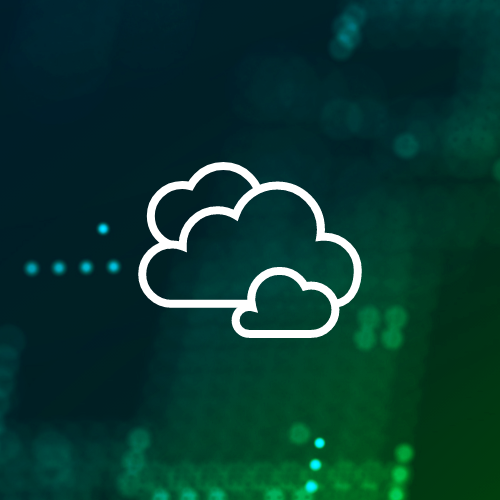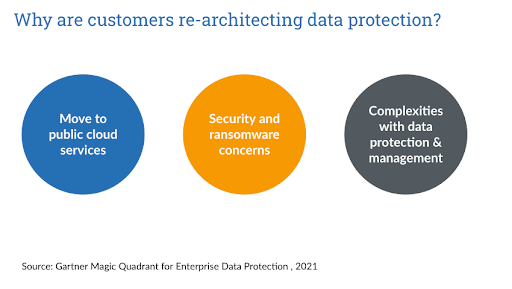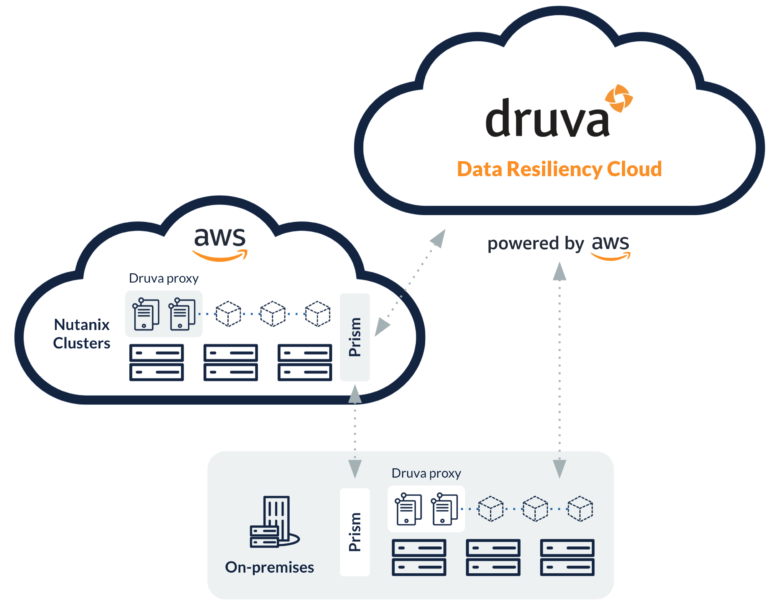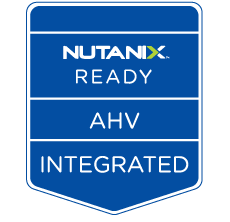Security
Security has always been a top priority of IT teams and tools like Cloud Access Security Brokers (CASBs) and Security Information Event Managers (SIEMs) have been around for years. So what’s different today with multi-cloud initiatives, or put another way, what’s missing? Data protection is the missing element, or what I like to call the other side of the equation when moving infrastructure, services, and applications to the cloud. Many customers are changing how they manage their data and applications by adopting a zero-trust approach to security and assuming that a security breach will occur, be it from an insider or outsider, sometime in the future. Does your current data protection solution provide the resilience and availability required for rapid recovery? To be sure, you need multi-layered protection of your backup environment for:
- Data integrity and availability
- Operational security
- Accelerated recovery
Achieving this with traditional, on-premises backup infrastructure is challenging and expensive, especially as you move to the cloud.
Complexity and silos of data
Operational complexity and silos of data arise as organizations grow and evolve. They become immediately apparent as you begin to move to the cloud. Enterprises have silos of backup data across locations (data centers, remote offices, and offsite locations) and application stacks. As you adopt one or more clouds, you’ll accrue another silo. Many customers have as many as seven different backup vendors or solutions in use. Consider the following questions while beginning your cloud transition:
- Does my team have the skills to continue to deploy, manage, and upgrade my distributed backup infrastructure as I move to one or more clouds?
- Which of my teams ensures the operational security of my backup infrastructure in the cloud?
As you move towards multi-cloud, the answer to these questions is usually “No,” or if it’s “Yes,” your inside voice is probably saying “but, we’d like to find a better way.”
Costs
As you consider the cost of protecting data in a hybrid or a multi-cloud environment, you’ll have the same three categories you had on-premises:
- Licensing costs (software, hardware)
- Infrastructure costs (servers, storage, appliances, networking )
- Management costs (your team’s time)
Your current backup software might enable you to run another instance in AWS at no charge, but you’ll need to account for the compute (EC2), storage (EBS), and management costs of this new cloud instance. Unfortunately, predicting and understanding these costs is not as easy, especially 12 months after implementation or when a critical resource leaves your organization. Your eventual cost will be based on how many of the cloud vendor’s services you end up using. It may include VM and storage charges, GETs and PUTs from/to object storage, as well as egress charges if you perform any restores.
A new, simpler approach
Alternatively, you could consider data protection as-a-service, such as that offered by Druva. Do you want to continue the challenge of managing your backup infrastructure, storage, and security across on-premises and cloud environments, or could you accrue greater benefits with a new, simpler approach?
Imagine if the cost to protect your Nutanix environment, both on premises and in the cloud, was based on one simple metric (storage consumption)? Better yet, that storage consumption occurs in one place only, the Druva Data Resiliency Cloud, eliminating silos and enabling greater efficiency. There are no hidden, put, or egress fees for backup and recovery between your data center and the Druva cloud. And finally, what if pricing wasn’t a secret, but on a website and easy to understand? With a quick look, determine your data growth trend and predict your future cost. It’s a breath of fresh air and a significant shift from anything else in the market today.






